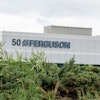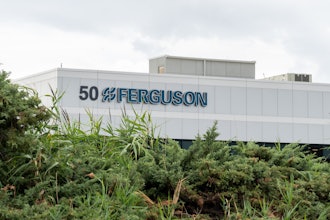WASHINGTON (AP) — U.S. factories likely produced more goods in May a month after shortages of parts from Japan caused them to reduce their output for the first time in 10 months.
The output of the nation's factories, utilities and mines probably increased 0.2 percent last month after a flat reading in April, according to economists surveyed by FactSet.
Factory output, the largest single contributor to industrial production, fell 0.4 percent in April. The decline followed production cuts by auto makers, which were unable to obtain crucial parts because of the Japanese earthquake and tsunami.
Excluding the volatile auto manufacturers, factory production increased by 0.2 percent in April.
The Federal Reserve will release the report at 9:15 a.m. on Wednesday.
Overall industrial production has risen nearly 11.5 percent since hitting its recession-low in June 2009. It remains about 7.5 percent below its pre-recession peak reached in September 2007.
Last month's report on industrial activity in April was among the first in a string of dismal economic data that doused hopes for a speedy recovery and drove the stock market to its longest weekly losing streak since 2002.
Two weeks later, a dismal jobs report showed that factories laid off 5,000 workers in May after adding 160,000 jobs over the previous six months. May's disappointing result broke the biggest wave of hiring for manufacturers since 1997. The unemployment rate rose to 9.1 percent from 9.0 percent as private companies added only 54,000 net jobs.
Manufacturing jobs generally help the economy more than service jobs because they tend to pay higher wages and provide better benefits. Manufacturing has been a key driver of economic growth since the nation emerged from recession in June 2009.
However, recent data suggest factories are faltering because of concerns about high fuel prices and a recovery that is proceeding more slowly than many expected.
Economists expect that production recovered in May in part because the auto sector has bounced back as Japanese parts became available again.
A weak U.S. dollar probably also helped factories, economists say. Exports tend to grow when the dollar falls. Goods appear less costly to foreign buyers holding currencies that have risen against the dollar.


















